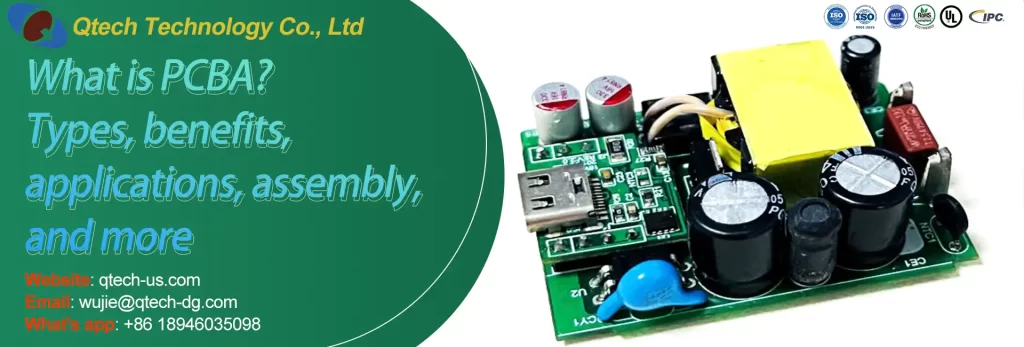
If you work in the electronics sector, then chances are you’re familiar with PCBA and its significance to the production cycle. But what precisely is PCBA, and how is it employed in the industry? To put it simply, it is the process of putting together and linking components on a printed circuit board (PCB) to make an operational device.
In this article, we’ll explore the different types of PCBA, the benefits of using PCBA in your designs, and the various applications where PCBA is utilized. We’ll also delve into the process of PCBA and how it has evolved over the years.
By the end of this guide, you will have a thorough understanding of PCBA and its importance in the electronics industry. So whether you are an electronics engineer or manufacturer or are fascinated with technology, this guide is for you. Let’s dive in and explore the world of PCBA.
A PCB consists of heat-resistant and non-insulating materials, including a substrate to disperse heat and keep the whole system working efficiently. The top layer of PCB typically has conductive materials such as copper, which helps direct electric signals from one part to another. A PCB, however, is not an entire construction in itself as it does not contain electronic components.
In contrast, a Printed Circuit Board Assembly (PCBA) is a comprehensive unit that encompasses the PCB plus all fundamental electronic components. This includes attaching electrical components to a PCB to form an operational electronic device. The components are placed onto the board, soldered, and tested.
As previously stated, a PCB consists of a thin, flat sheet of insulation on which electrically-conductive patterns are printed or engraved. These conductive patterns, made of copper or other conductive materials, form the pathways for electrical current to flow between different components on the board. PCBs are utilized to back up and link electronic components in a diversity of uses, such as PCs, telecommunications hardware, and consumer electronics.
PCBA is the ultimate outcome of the manufacturing process of electronic items. It consists of not only the circuit board but also all the electronic components that have been soldered onto it. PCBA is the last stage in manufacturing electronic items and is what is eventually sent to the customer.
The key difference between PCB and PCBA lies in the fact that a PCB is a plain circuit board unadorned with any parts, whereas a PCBA includes both the PCB and its components. Moreover, PCBs are generally manufactured through fabrication, while PCBA assemblies are done manually or with automated machinery.
Also read: PCB VS PCBA – What’s the difference
Types of PCBAs
There are several types of PCBA, which can be classified based on different criteria, such as the method of assembly, the type of components used, or the product’s end use. Some most common types of PCBA include:
Also read: SMT vs THT – A Complete Guide about Their Differences
There are several benefits to using PCBA in the manufacturing of electronic products:
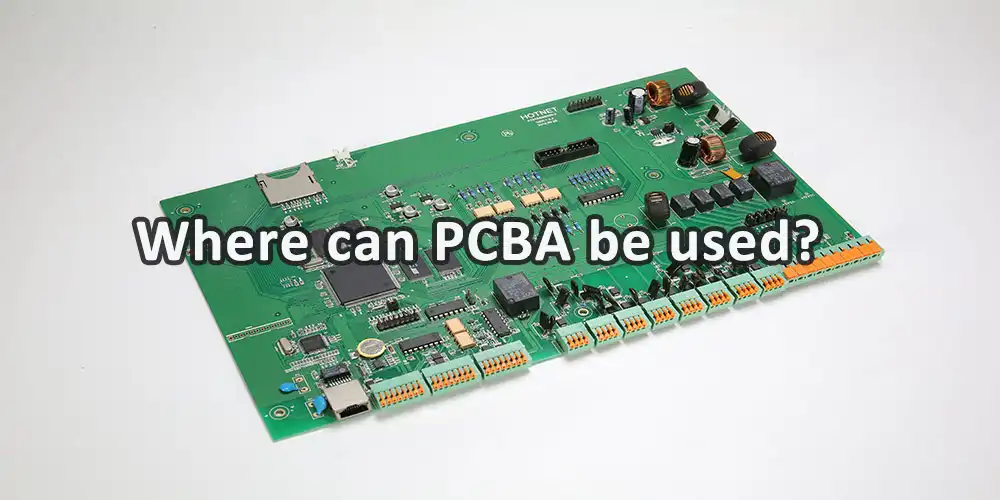
Some of the most common applications of PCBA include
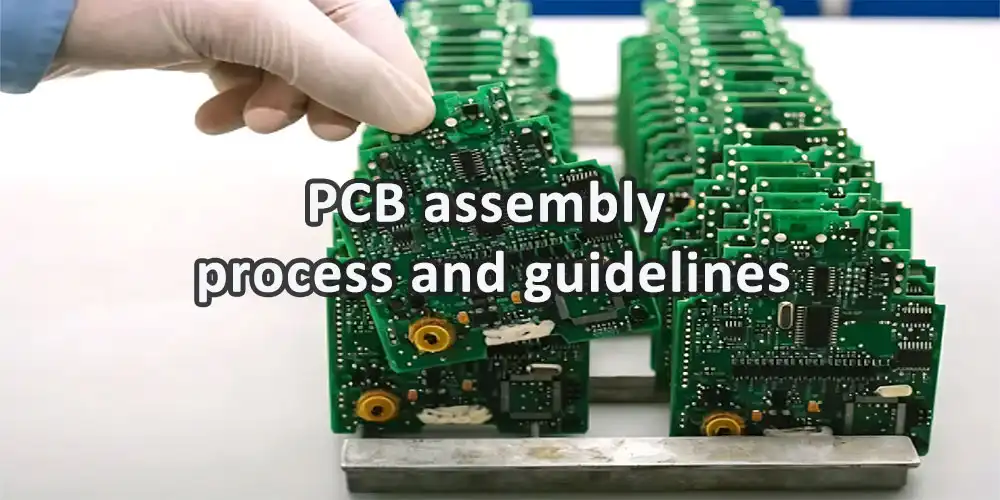
The PCBA process involves several steps and guidelines to ensure the proper assembly and functioning of the circuit board. Here is an overview of the PCBA process that we follow at IBE:
Several guidelines must be followed during the PCBA process to ensure the quality and reliability of the final product. These guidelines may include requirements for the design of the circuit board, such as the minimum width and spacing of the conductive traces and the clearance between components.
There may also be guidelines for selecting and handling components, such as requirements for the moisture sensitivity level of the components or the acceptable level of contamination. The soldering process may also have specific guidelines, such as requirements for the temperature profile of the reflow oven or the maximum amount of solder that can be used.
It is important to follow these guidelines to ensure the proper functioning of the PCB board and to minimize the risk of defects and rework.
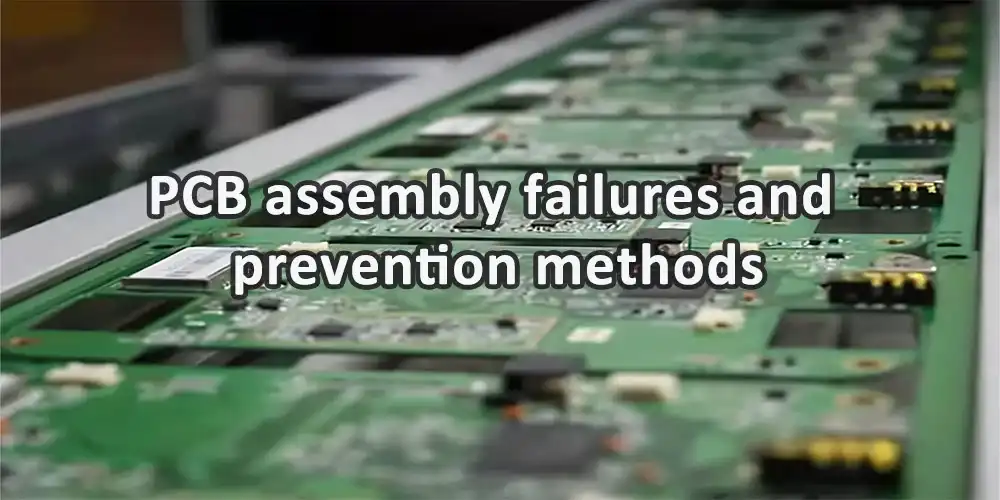
PCBA failures can occur for various reasons, such as defects in the PCB design, problems with the components, or issues with the assembly process. Here are some common causes of PCB assembly failures and methods for preventing them:
1. Solder bridging
Solder bridging occurs when a bridge of excess solder accidentally connects two conductive pads on the PCB. This can cause a short circuit and may cause the circuit board to malfunction.
To prevent solder bridging, the PCB design should ensure that there is sufficient spacing between conductive pads, and the stencil used to apply the solder paste should have the correct dimensions to avoid excess paste.
2. Component misalignment
Component misalignment occurs when components are placed on the board incorrectly, causing them to be out of alignment with the pads on the PCB. This can cause the component to be poorly soldered or not soldered at all, leading to a malfunction.
The component placement process should use a vision system to align the components to prevent component misalignment accurately. The pick-and-place machine should be calibrated to ensure accurate placement.
3. Solder joint defects
Solder joint defects occur when the solder connection between a component and the PCB is insufficient. This can again cause the component to be poorly soldered or not soldered at all, leading to a malfunction.
To prevent solder joint defects, the reflow process should be carefully controlled to ensure the correct temperature profile. The soldering process should be monitored to ensure that the right amount of solder is used.
4. Component failure
Component failure can occur for various reasons, such as manufacturing defects, exposure to extreme temperatures, or electrical overstress.
To prevent component failure, it is important to use high-quality components that meet the required specifications and to handle and store the components properly to avoid damage. It is also important to design the PCB and the product as a whole to protect the components from exposure to extreme temperatures and other environmental factors.
5. Poor PCB design
Poor PCB design can cause various issues, such as insufficient spacing between conductive pads, insufficient clearance between components, or inadequate power and ground planes. To prevent these issues, it is important to carefully design the board to meet the required specifications and to follow industry guidelines for PCB design.
6. Contamination
Contamination can occur during the PCBA process due to various sources, such as dust, moisture, or other contaminants. Contamination can cause issues such as solder defects or component failure, and it is important to prevent contamination to ensure the quality and reliability of the final product.
To prevent contamination, it is important to follow proper handling and storage procedures for components and PCBs and to use clean rooms and other measures to minimize the risk of contamination.
By following these prevention methods, it is possible to minimize the risk of PCBA failures and ensure the quality and reliability of the final product.
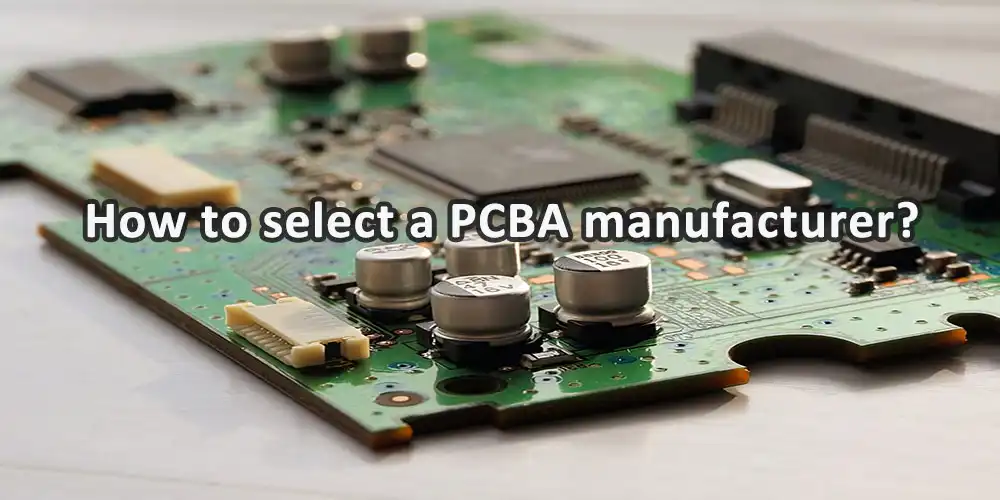
There are several factors to consider when selecting a PCBA manufacturer, including the following:
1. Capabilities
It is important to choose a PCBA manufacturer that has the capabilities to meet your specific needs. This may include the ability to handle different PCB technologies, such as through-hole or surface-mount, and the ability to work with different components and materials.
It is also important to consider the volume of production that the manufacturer can handle and any additional services they offer, such as prototyping or testing.
2. Quality
The quality of the PCBA is critical, as it can impact the reliability and performance of the final product. It is important to choose a PCBA manufacturer with a proven track record of producing high-quality PCBAs and following industry standards and guidelines.
3. Cost
The cost of the PCBA is an important factor to consider, as it can impact the overall cost of the final product. Choosing a PCBA manufacturer that offers competitive pricing while still meeting your quality and capability requirements is important.
4. Lead time
The lead time, or the amount of time it takes to produce the PCBA, is an important factor to consider. Choosing a PCBA manufacturer that can meet your lead time requirements while still making a high-quality product is important.
5. Customer service
Choosing a PCBA manufacturer that provides good customer service and is responsive to your needs is important. This includes being available for consultation, providing timely updates on the status of your order, and being able to resolve any issues that may arise quickly.
Considering these factors, you can choose a PCBA manufacturer that is well-suited to meet your specific needs and requirements.